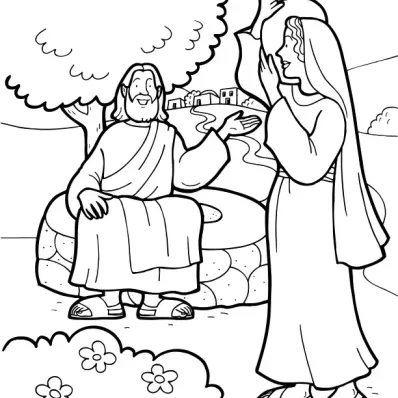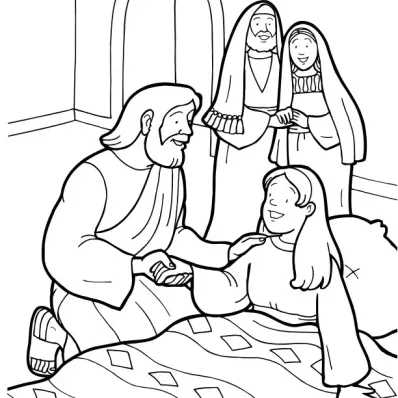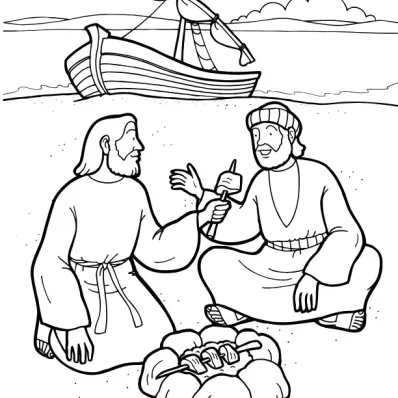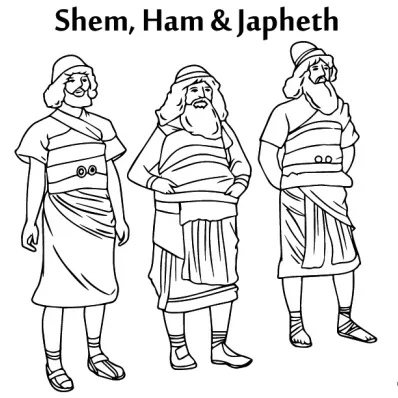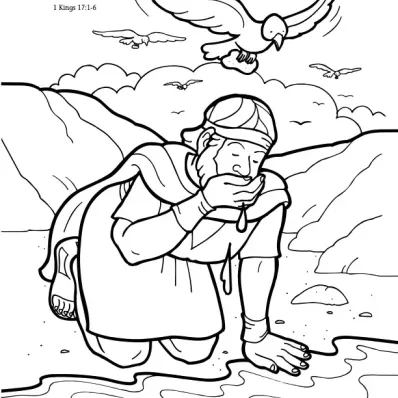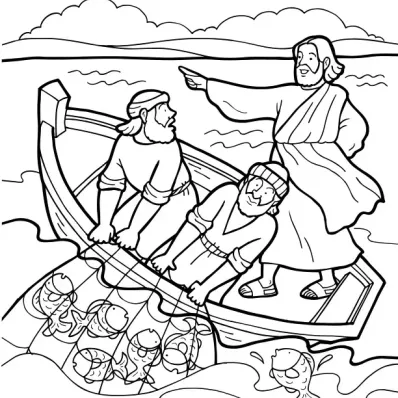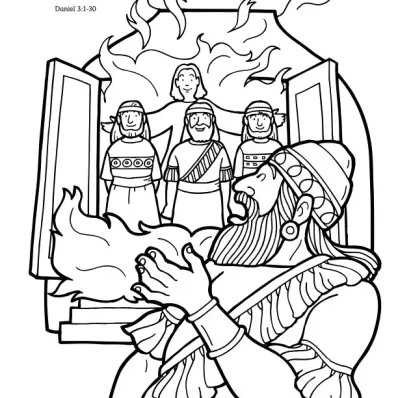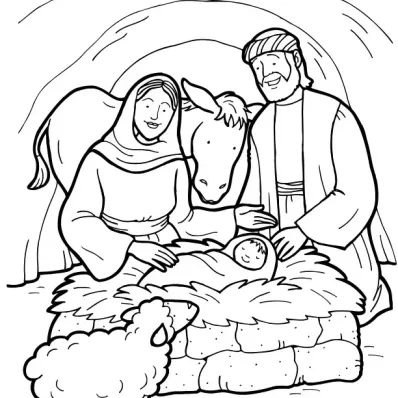In the Bible, the image of the lamb is a significant symbol of sacrifice, redemption, and innocence. Lambs were frequently used in the Old Testament as sacrificial animals, with their blood being offered as atonement for sin. The image of the lamb was also associated with the Passover, in which a lamb was sacrificed and its blood was used to mark the doors of the Israelites, protecting them from the plague that God had sent to Egypt.
The image of the lamb takes on an even greater significance in the New Testament with the arrival of Jesus Christ. In the New Testament, Jesus is referred to as the "Lamb of God" and is seen as the ultimate sacrifice for the sins of humanity. The death of Jesus on the cross is seen as the fulfillment of the Old Testament sacrificial system, with his blood being offered as atonement for the sins of all people.
The image of the lamb is also associated with innocence and purity in the Bible. In the book of Revelation, the Lamb is described as being without blemish or defect, representing the purity and perfection of Christ. It is also a symbol of humility, as lambs were seen as meek and gentle animals.
The image of the lamb reminds us of the sacrifice and redemption that we have through Christ. It is a symbol of the love and mercy of God, who offered his only son as a sacrifice for our sins. It also reminds us of the importance of innocence and purity in our own lives, and the need to approach God with humility and meekness.
Overall, the image of the lamb is a powerful symbol of sacrifice, redemption, and innocence in the Bible. It reminds us of the love and mercy of God, and the sacrifice that Christ made for our sins. It is a symbol of hope and salvation, pointing us towards the ultimate redemption that we have through Jesus Christ.


